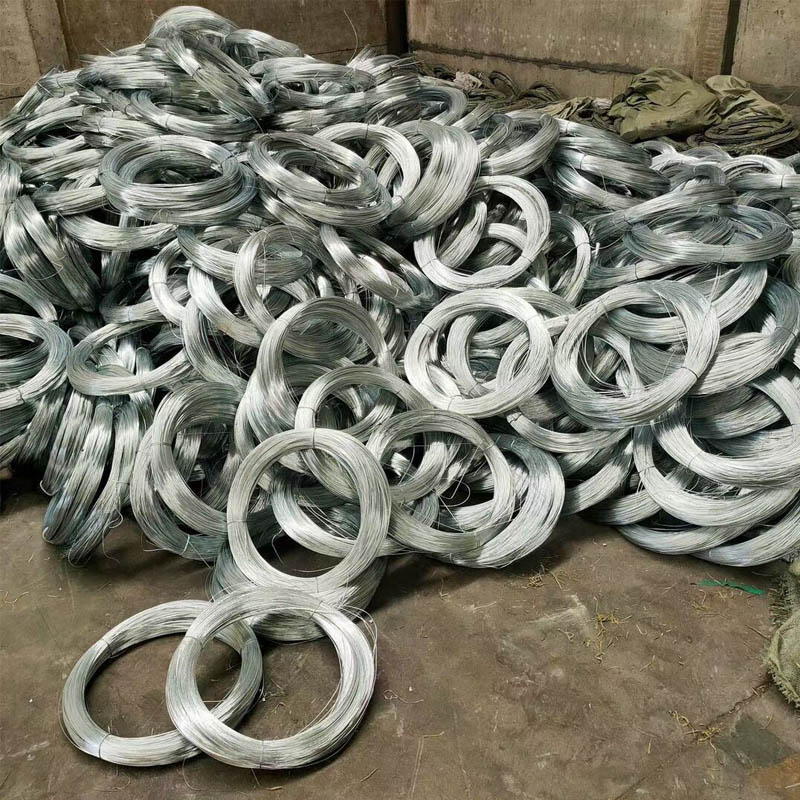
- Mobile Phone
- +8613931874955
- sales@cntcmetal.com
200mm Wall Ties for Secure Construction and Structural Stability
Understanding Wall Ties A Focus on 200mm Specifications
When it comes to building and construction, the integrity of structures greatly depends on the interconnectedness of their components. One crucial aspect of this is the use of wall ties, particularly those measuring 200mm. These ties play a vital role in maintaining the stability and durability of masonry walls, ensuring that they remain structurally sound over time.
What Are Wall Ties?
Wall ties are metal connectors used to bond two separate walls together, typically in cavity wall construction. Their primary purpose is to hold the outer and inner layers of a wall together while allowing for necessary movement due to temperature fluctuations and moisture. This becomes particularly essential in preventing issues such as cracking or bowing of the walls, which can compromise the overall safety of a building.
The Importance of 200mm Wall Ties
A 200mm wall tie refers to the specific length of the tie and is often chosen based on the thickness of the walls being constructed and the requirements for structural performance. The length is essential as it determines how securely the tie can connect both layers of the wall. The use of 200mm wall ties is widespread in residential and commercial buildings, offering a reliable solution for masonry walls that are generally thicker, providing additional strength and stability.
Material and Design Considerations
Typically, wall ties are made from materials such as stainless steel, galvanized steel, or other corrosion-resistant alloys. This durability is crucial, as wall ties are often exposed to various environmental conditions, including moisture. The design of these ties can vary, with some featuring a flat profile, while others may be barbed or twisted to ensure they grip both walls effectively.
wall ties 200mm

When selecting wall ties, builders must also consider factors such as the weight of the materials used in the walls, the structural load the walls will bear, and local building codes that dictate specific requirements for tie installation. Proper installation ensures that ties function correctly, thus extending the life of the wall system.
Installation Practices
Installing wall ties correctly is paramount for their effectiveness. Typically, ties should be installed at regular intervals, usually around 600mm apart vertically and staggered horizontally. This uniform distribution is crucial for evenly distributing loads and ensuring that both wall layers remain firmly connected. Additionally, ties must be embedded adequately into the masonry to provide maximum strength, often requiring precise measurements during installation to maintain alignment.
Benefits of Using 200mm Wall Ties
The use of 200mm wall ties offers several advantages. Firstly, their specific length allows for versatile use in various wall types, accommodating thicker walls commonly found in modern construction. Secondly, they contribute significantly to the overall structural integrity, reducing the likelihood of structural issues over time. Finally, with the right installation and maintenance, these ties can enhance the longevity of a building, proving to be a wise investment for any construction project.
Conclusion
In conclusion, 200mm wall ties are a fundamental component in the arena of construction and building stability. Their role in securely connecting masonry walls cannot be overstated, as they provide the necessary support that contributes to the safety and longevity of buildings. As the construction industry evolves and the demand for durable, efficient building materials increases, understanding and utilizing such components remains essential for architects, builders, and contractors alike. Investing in quality wall ties, like the 200mm variety, is a step toward fostering safer and more resilient construction practices.
share:
-
Why Sacrificial Formwork Is Redefining Underground ConstructionNewsJun.06,2025
-
The Structural Dynamics of Modern Concrete: How Snake Spacers Revolutionize Flexible ReinforcementNewsJun.06,2025
-
Snake Spacers Smart-Lock Concrete Reinforcement with Surgical PrecisionNewsJun.06,2025
-
Snake Spacers: Reinforcement Precision for Modern Concrete ProjectsNewsJun.06,2025
-
Snake Spacers Powering Concrete's Structural DNANewsJun.06,2025
-
Slither into Success: Snake Spacers' Precision Bite for Unbreakable ReinforcementNewsJun.06,2025
-
Sacrificial Formwork: Building Stronger, Faster, and Safer StructuresNewsJun.06,2025



















